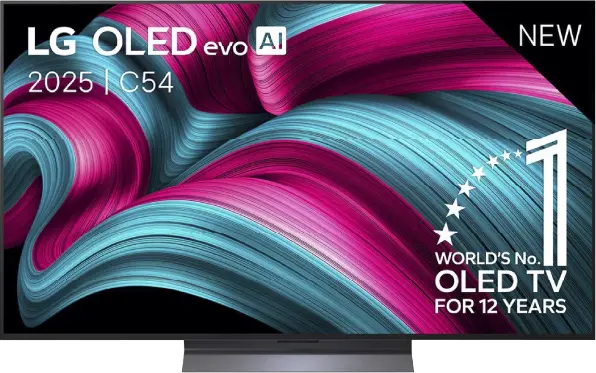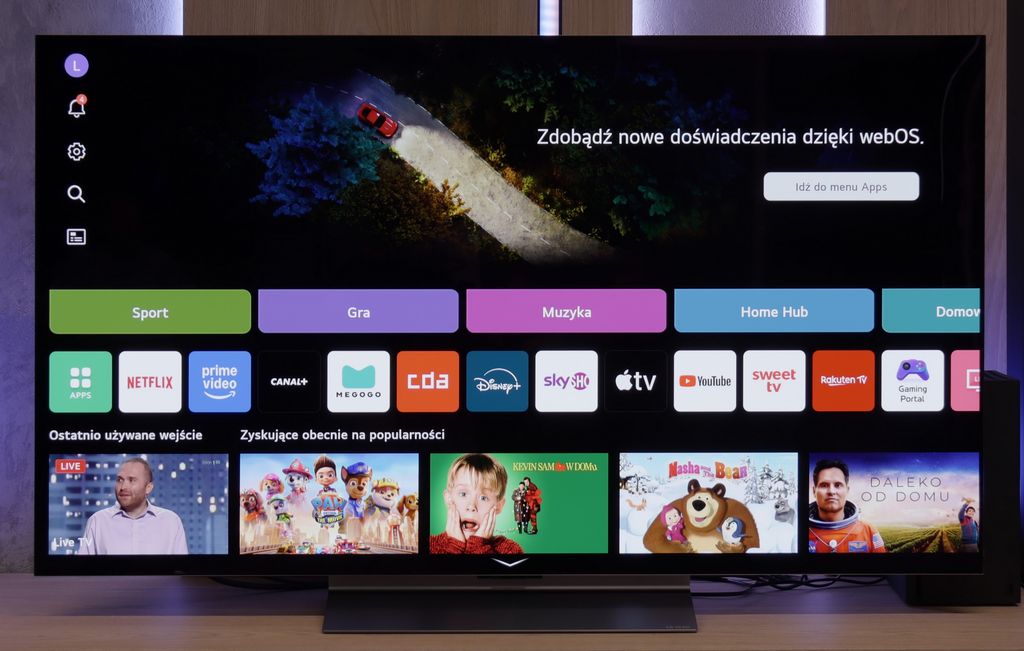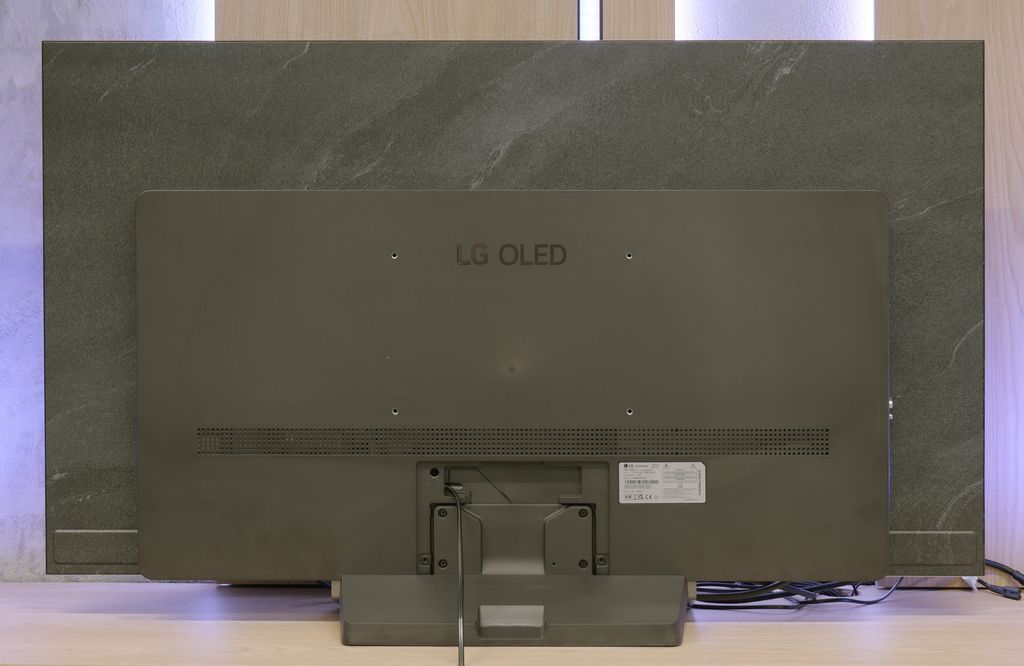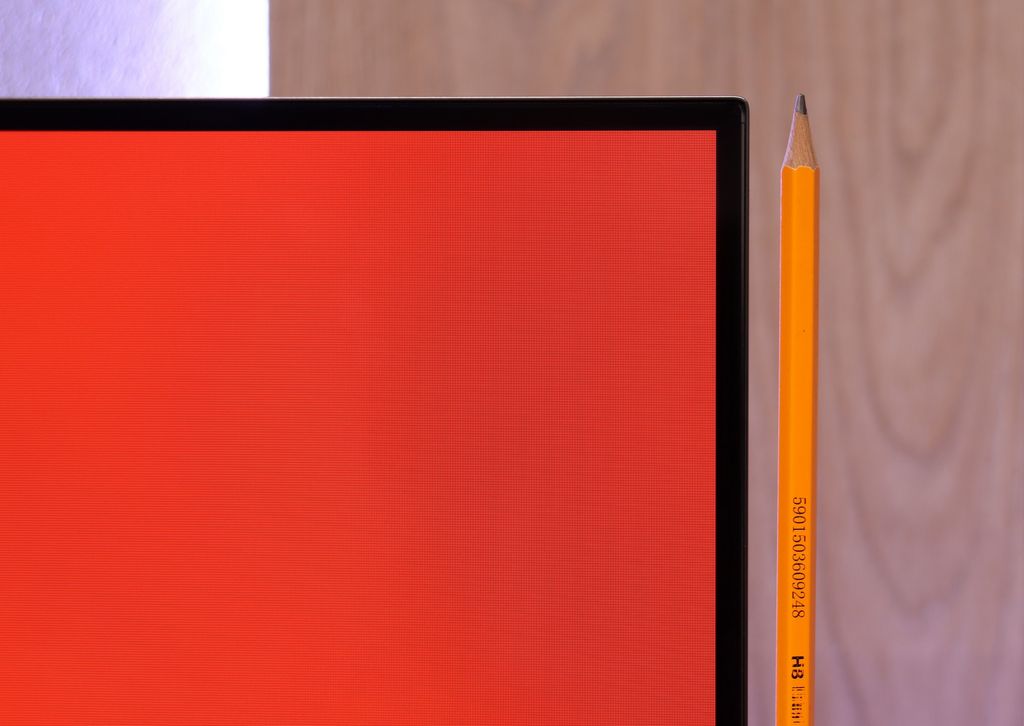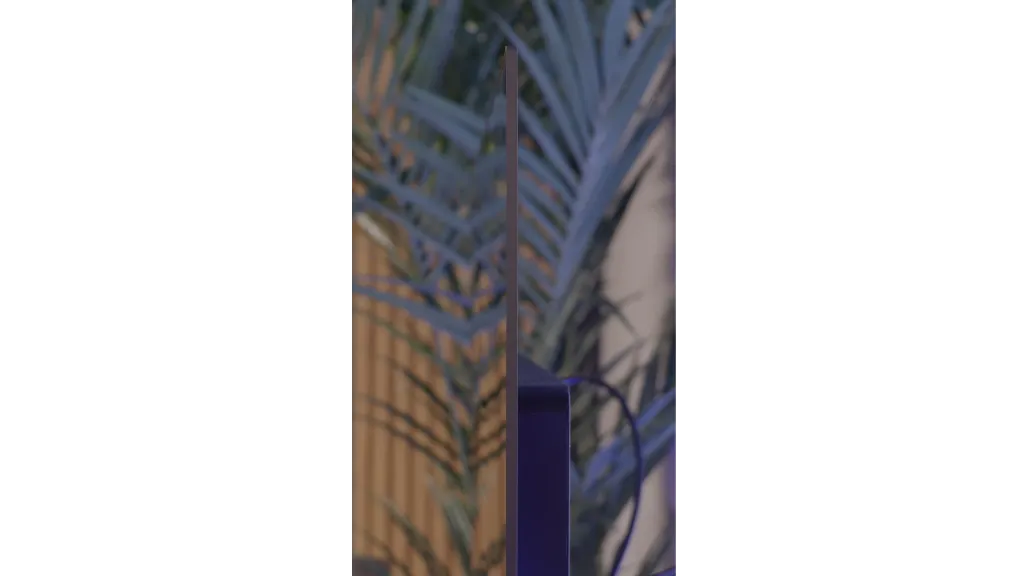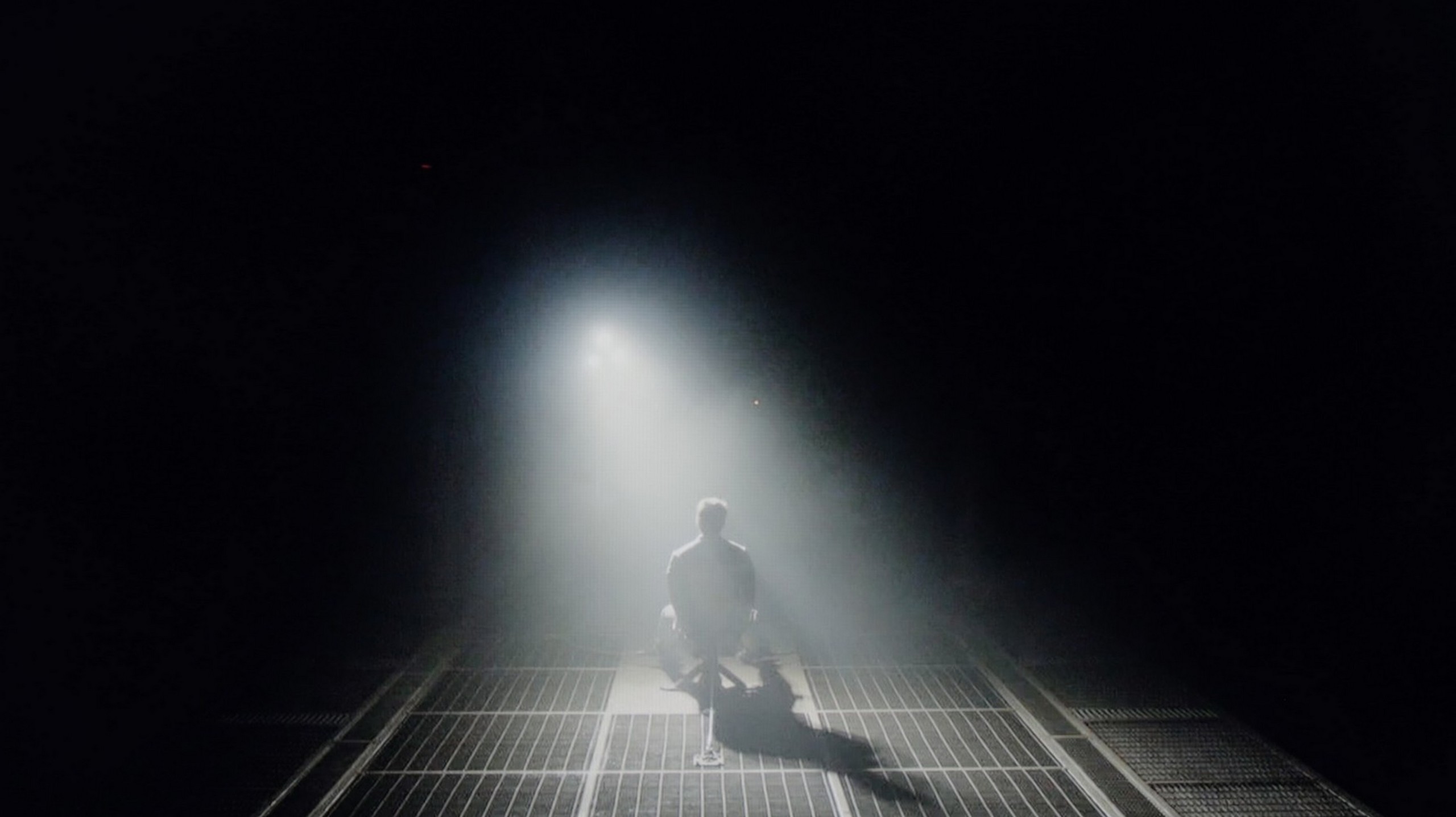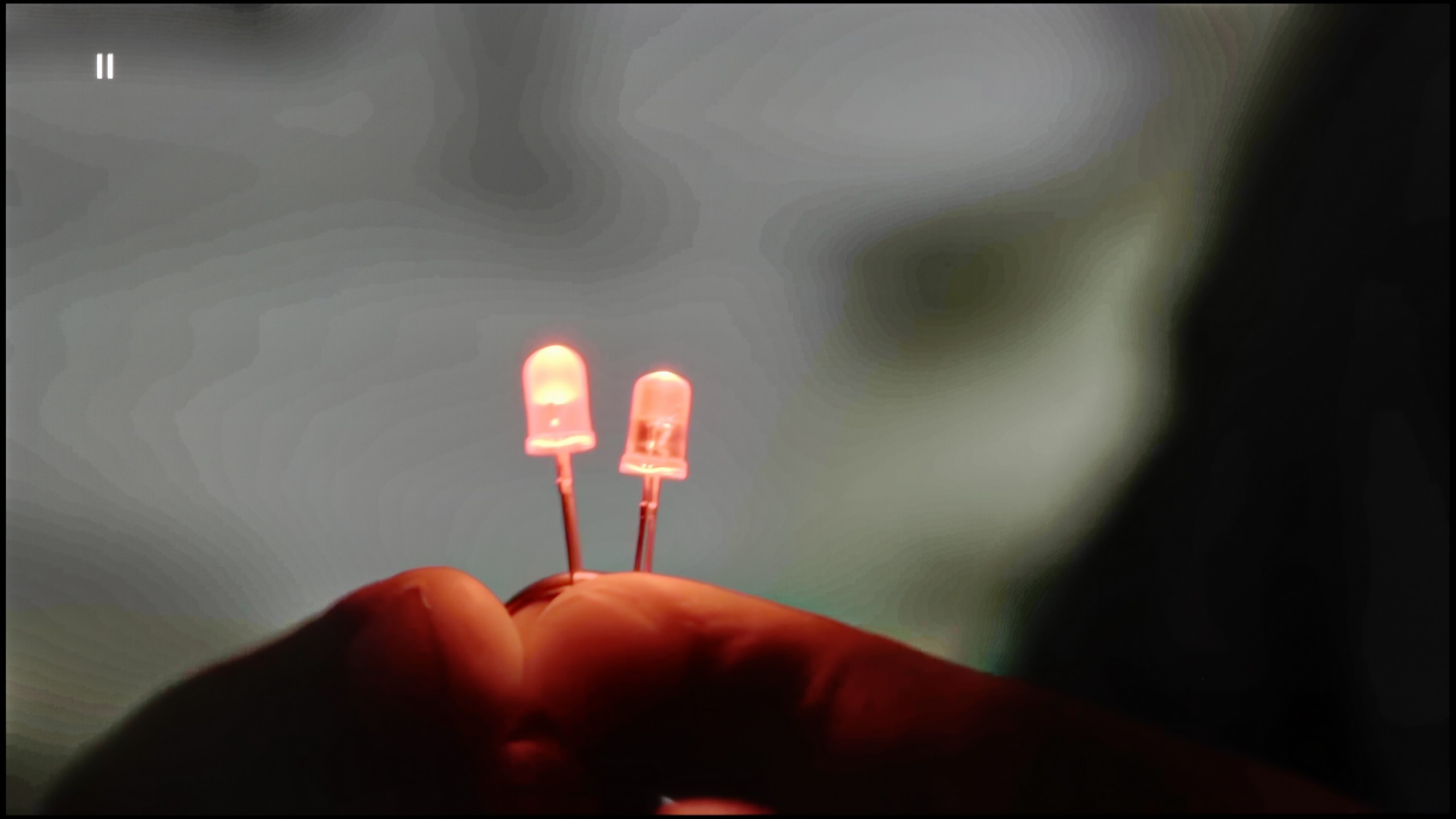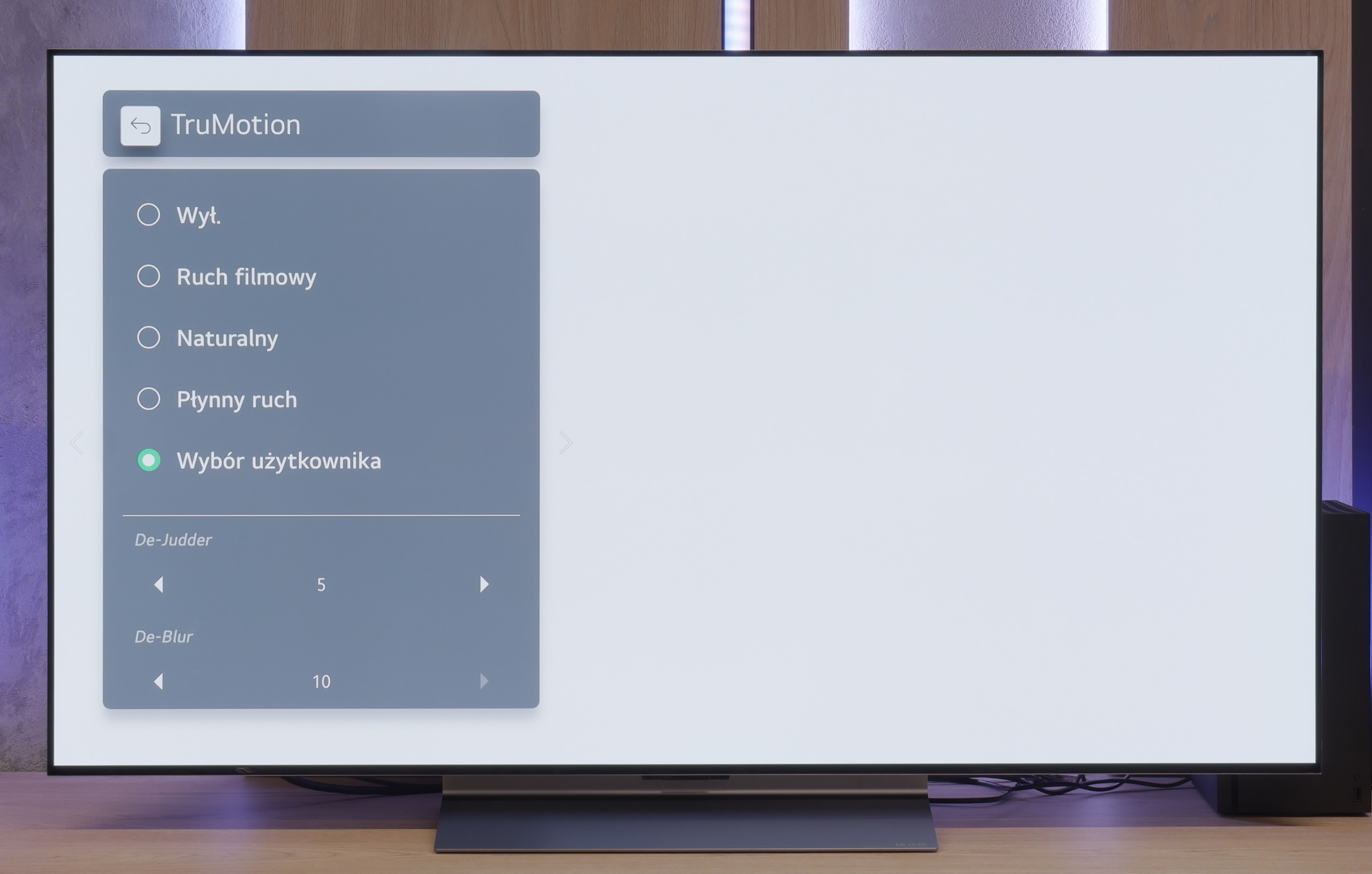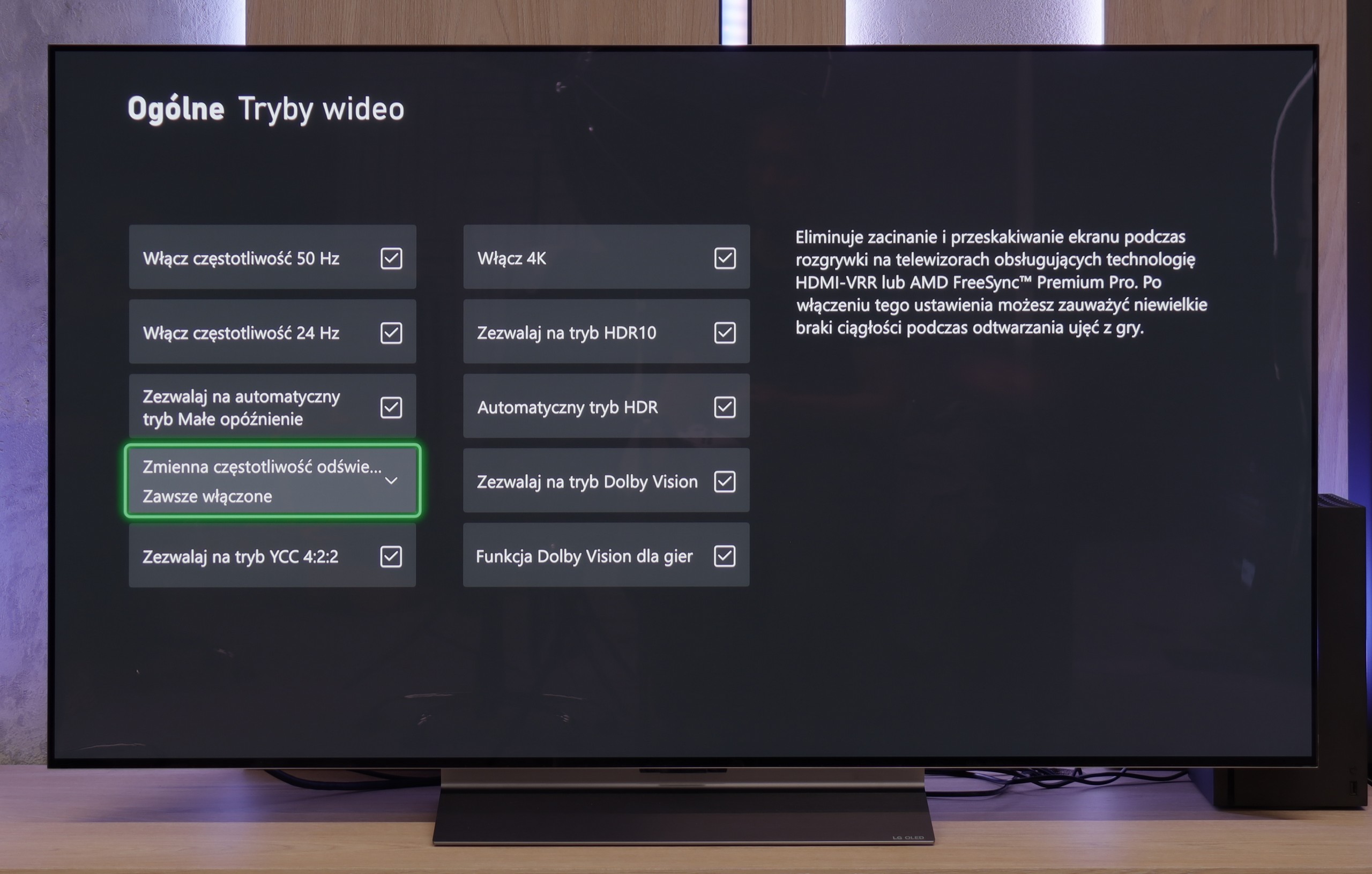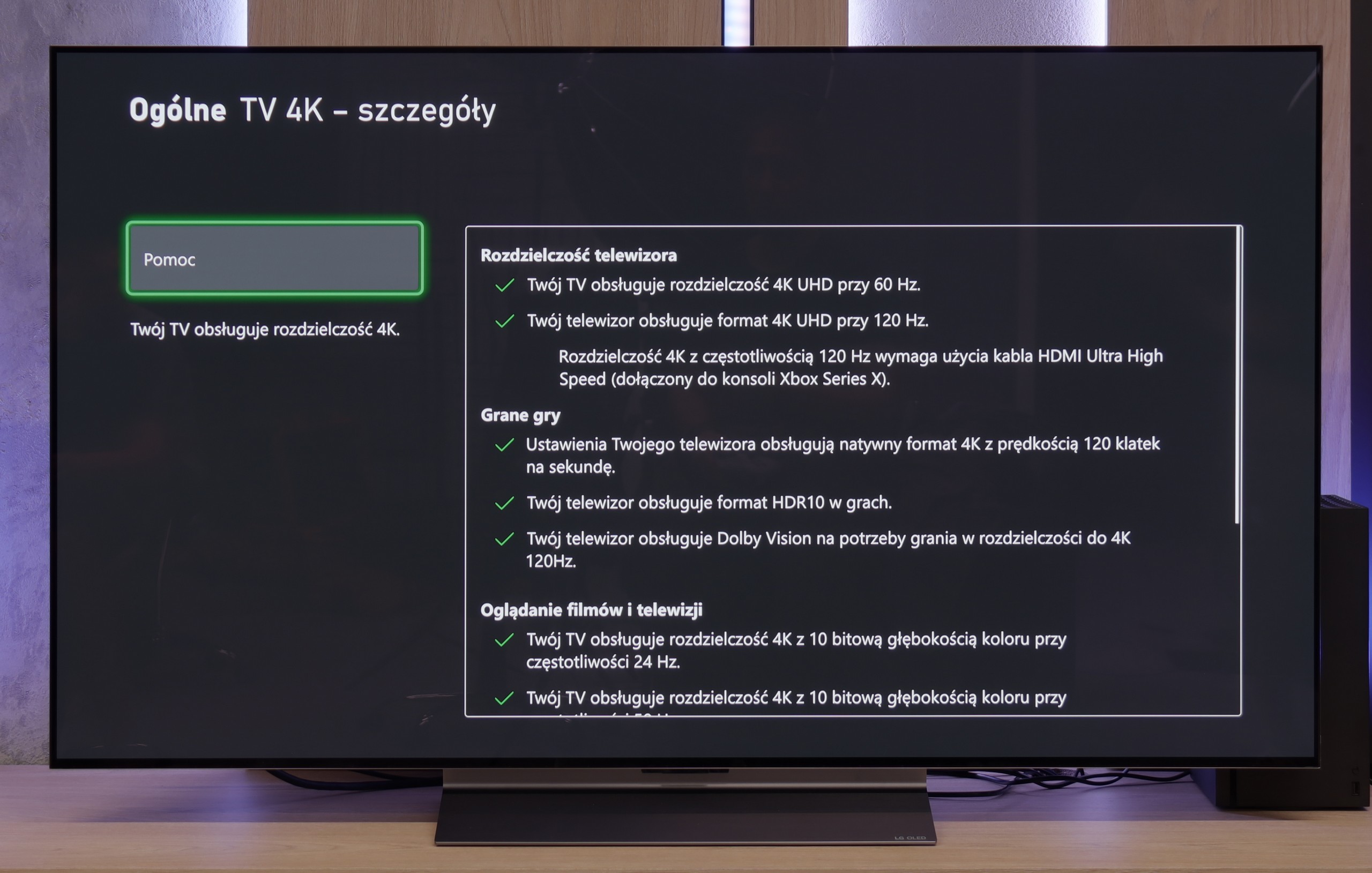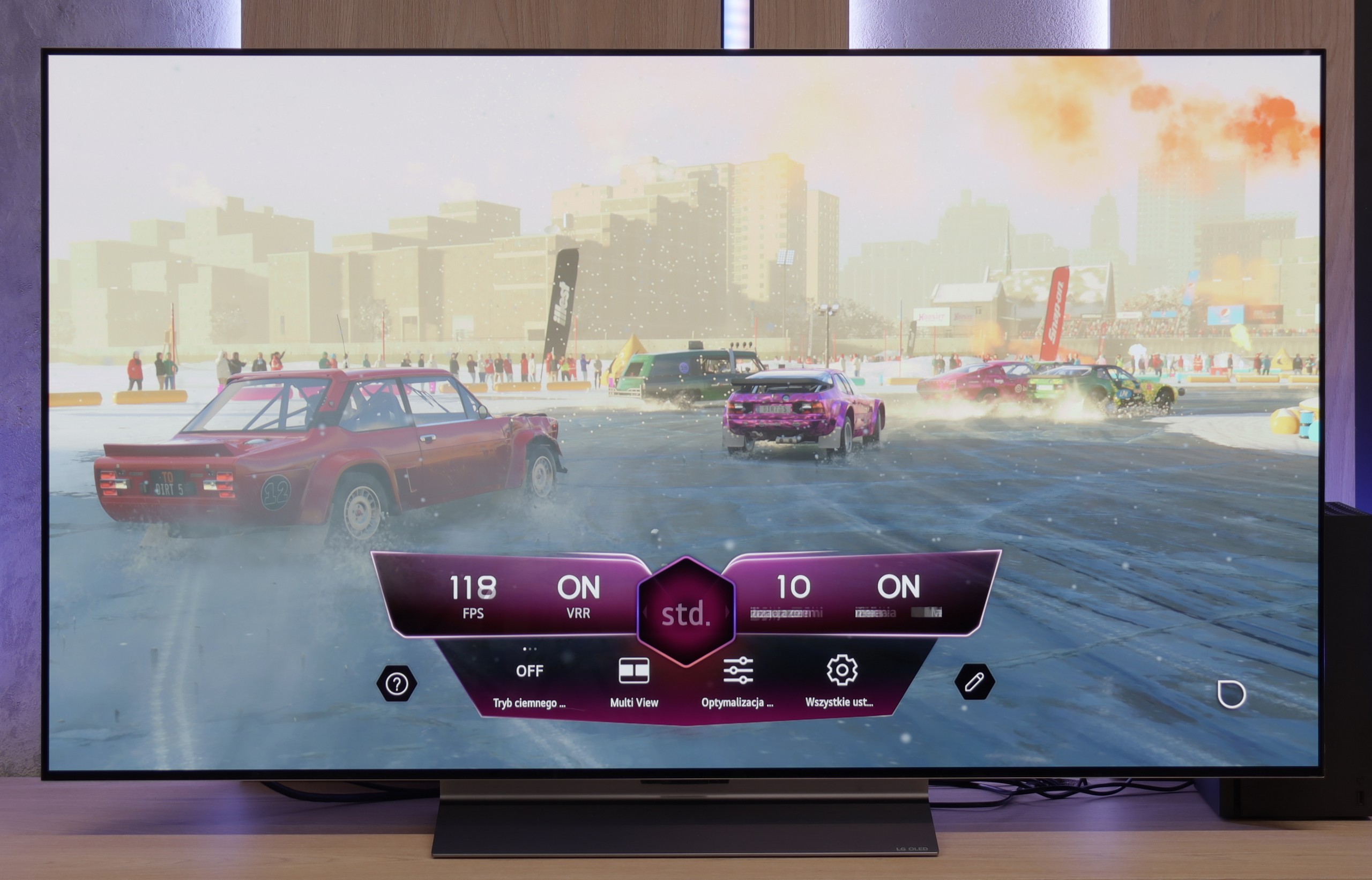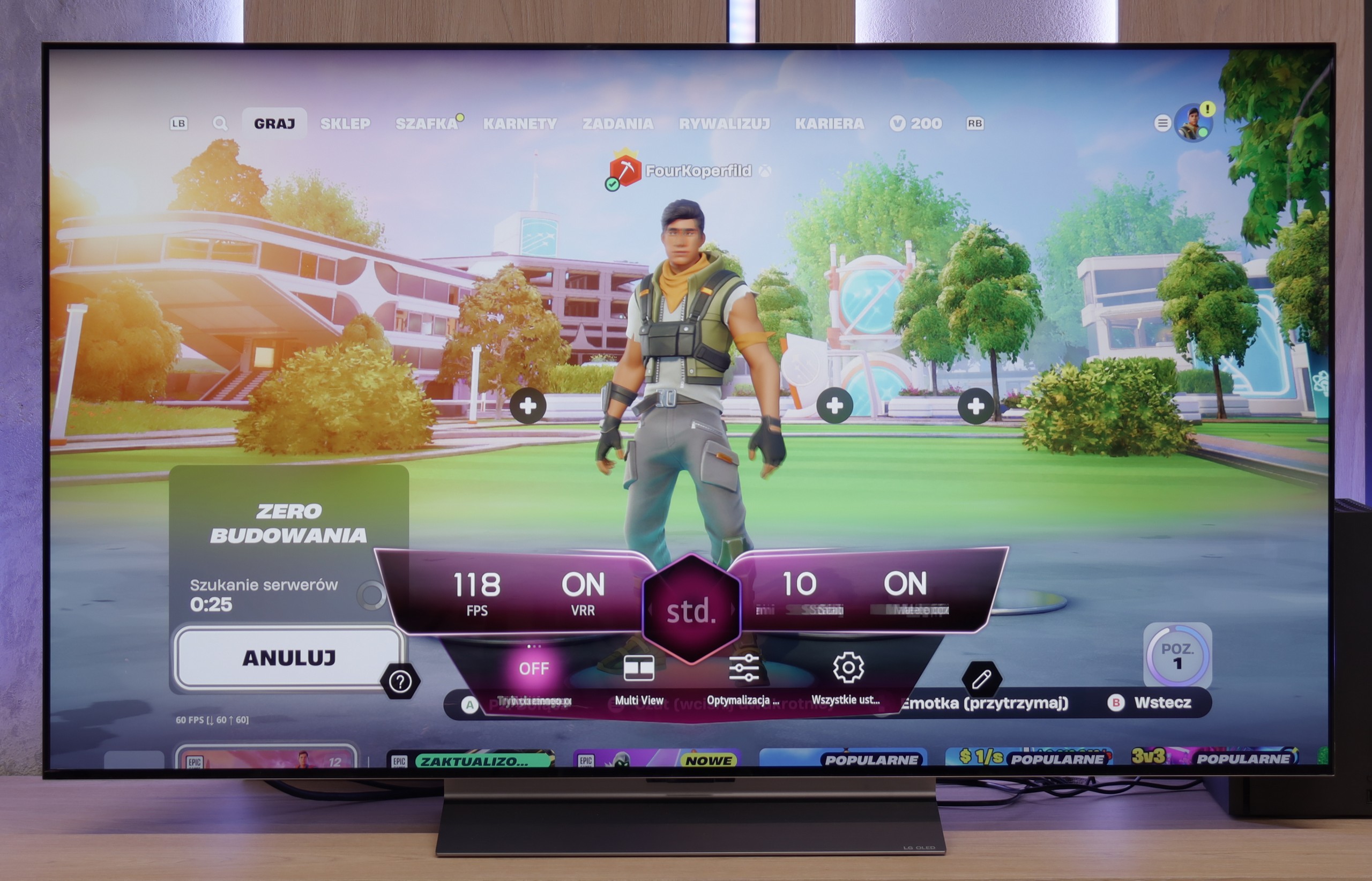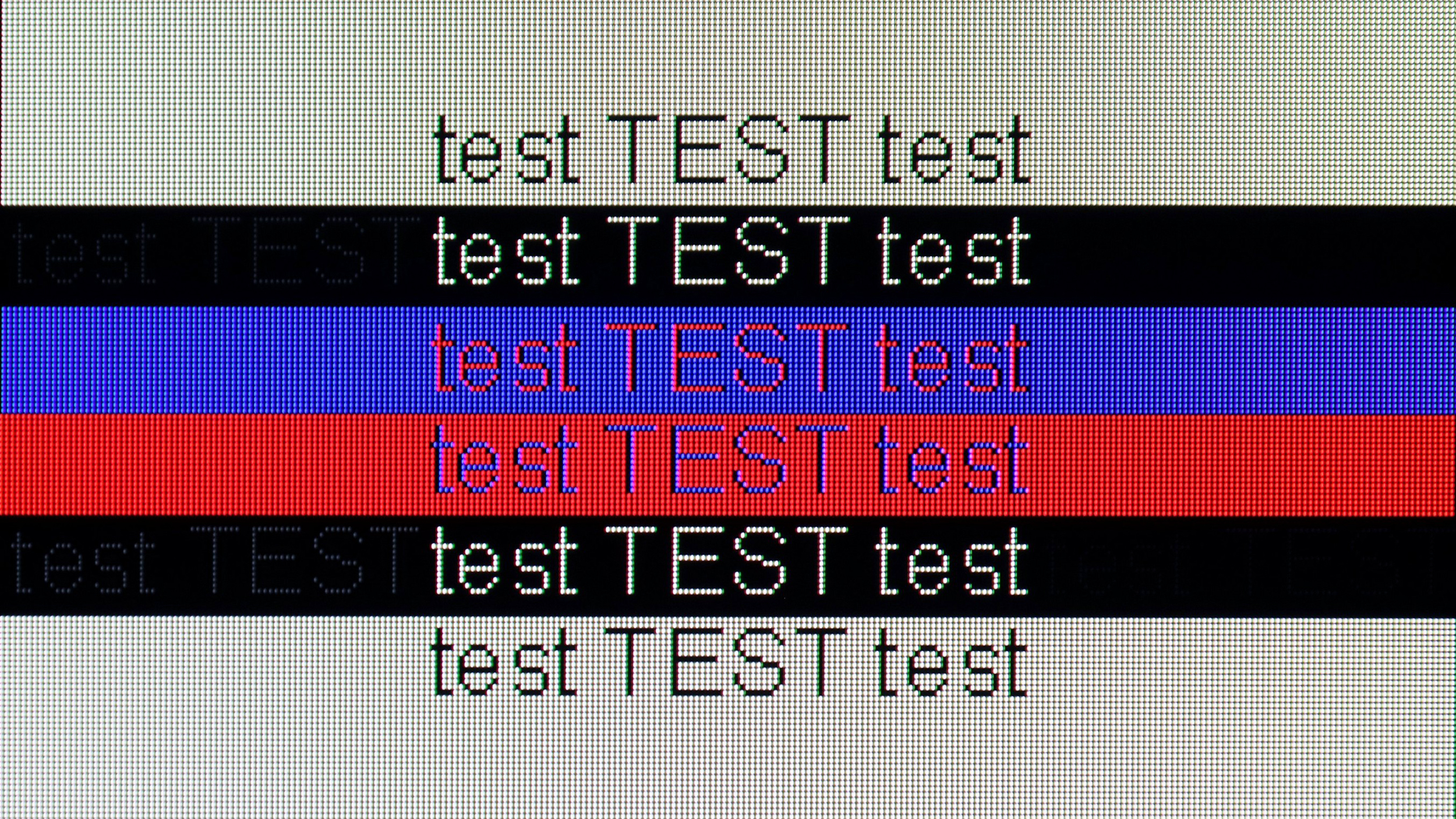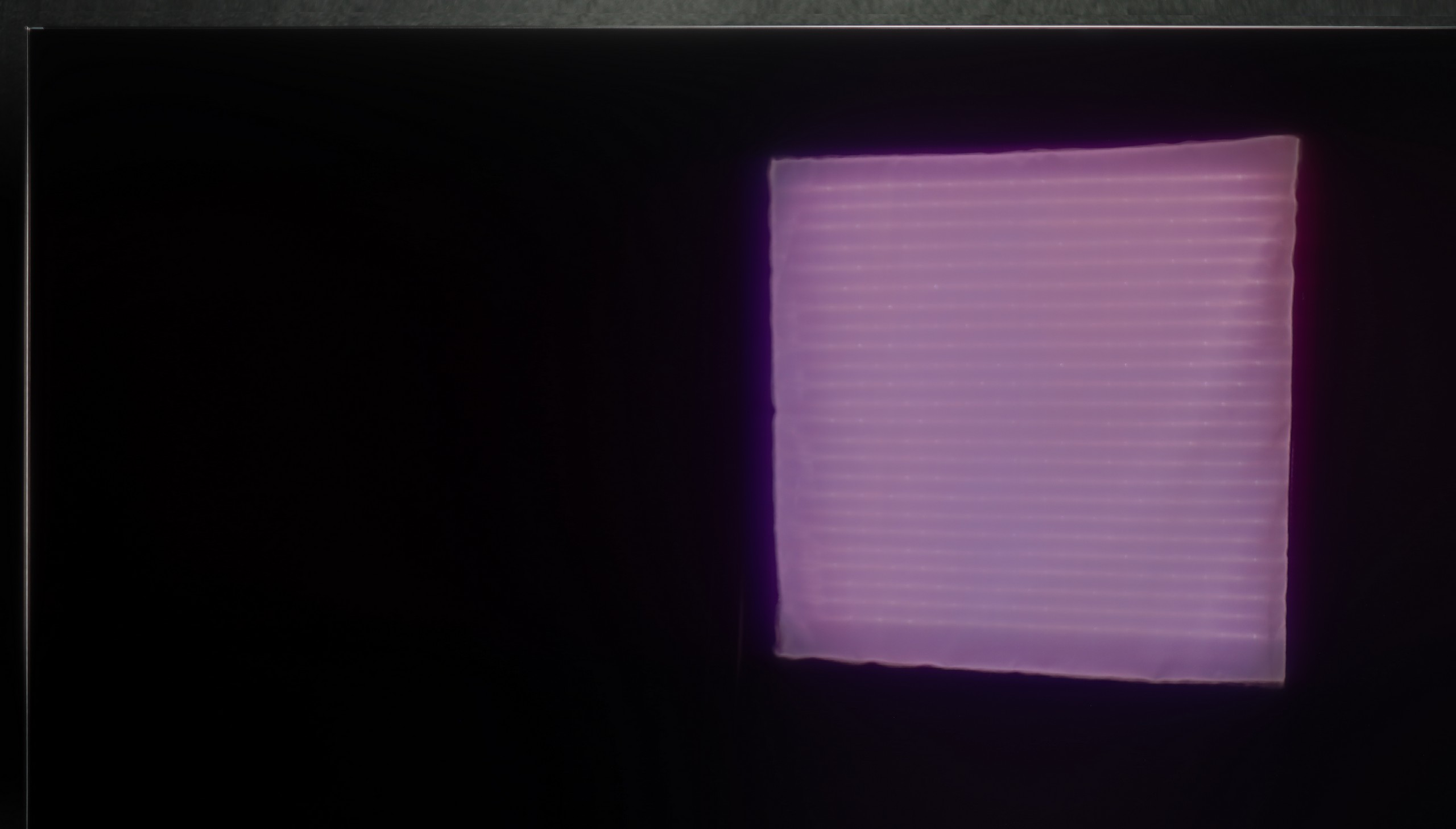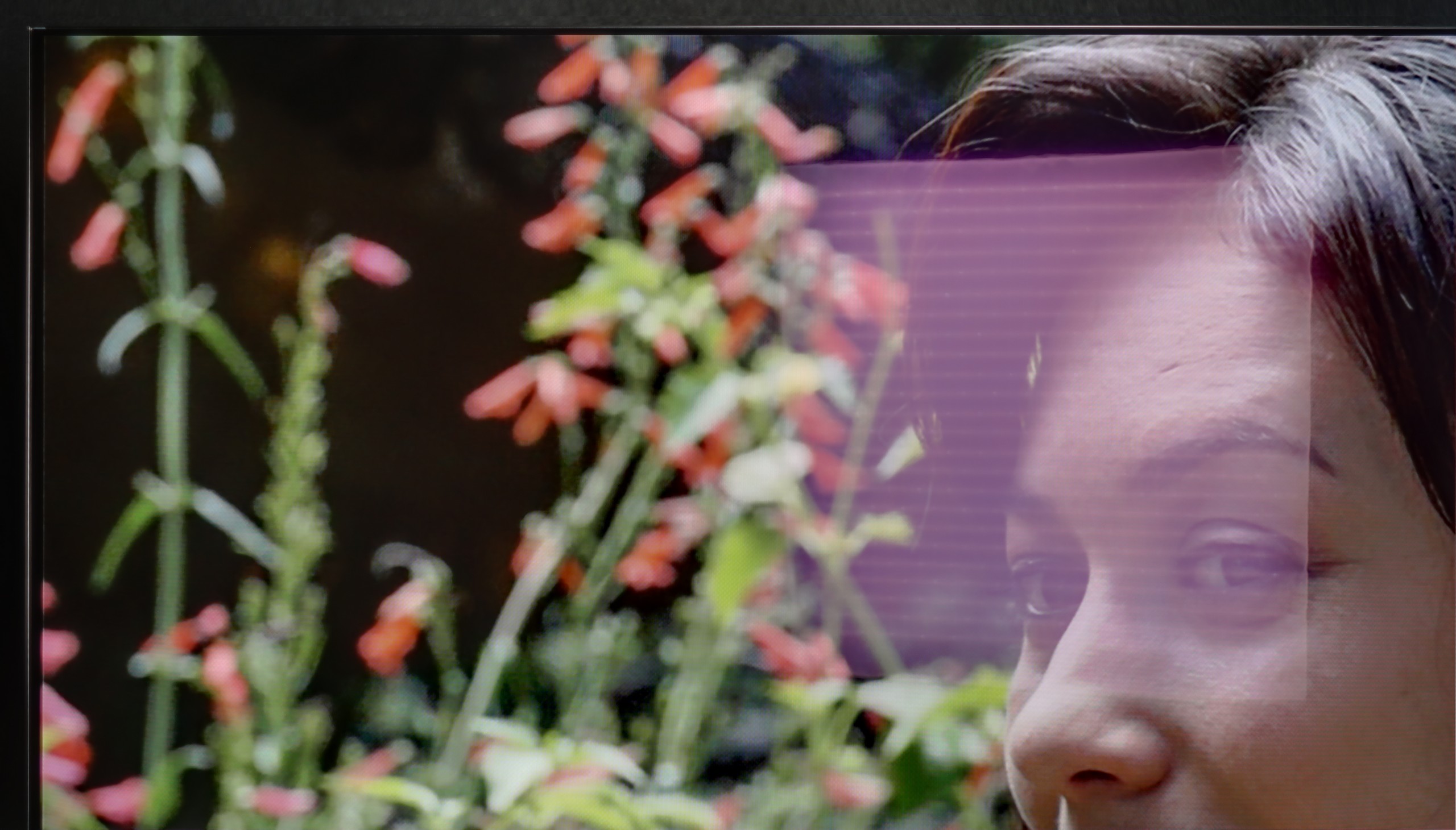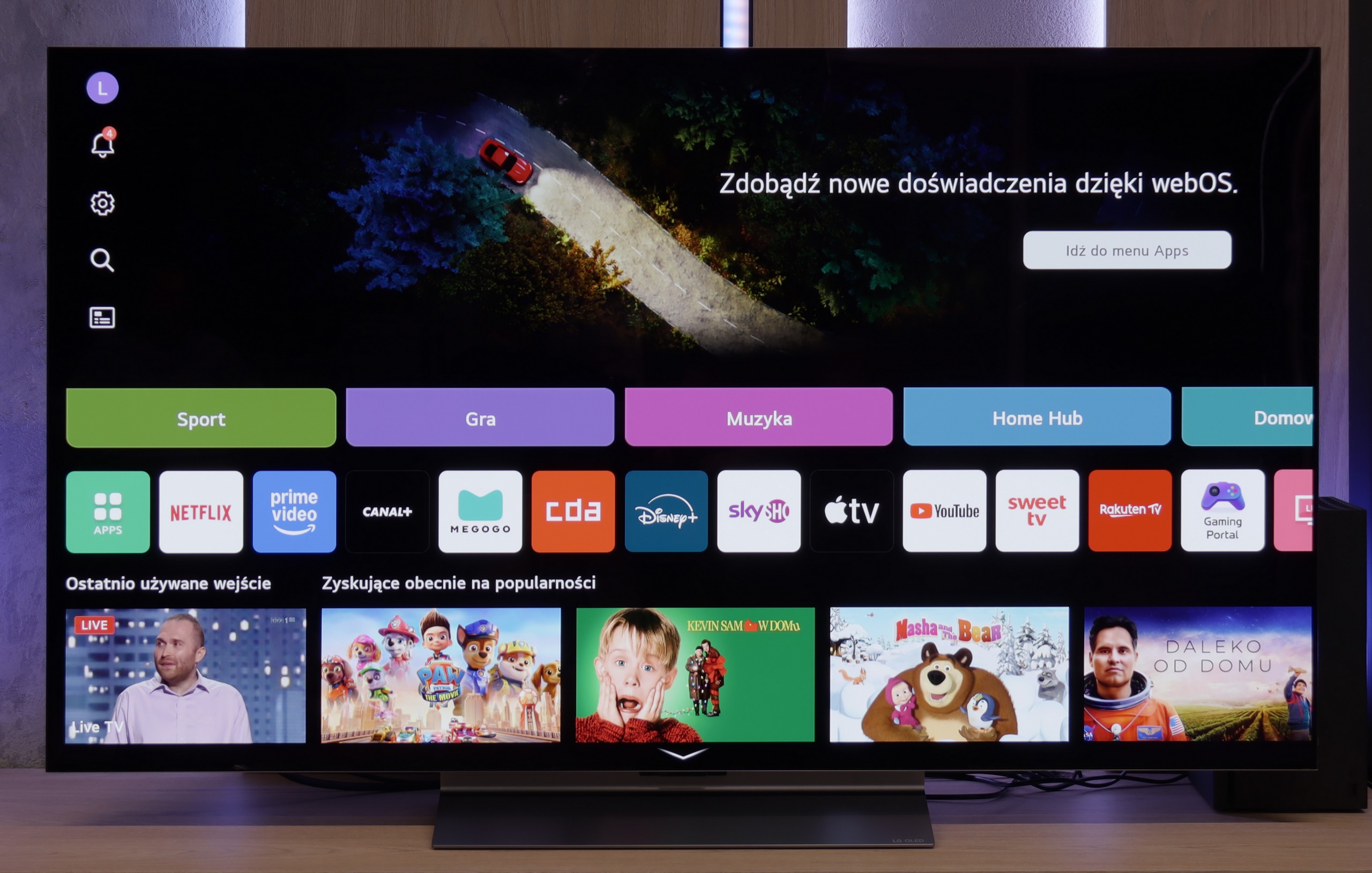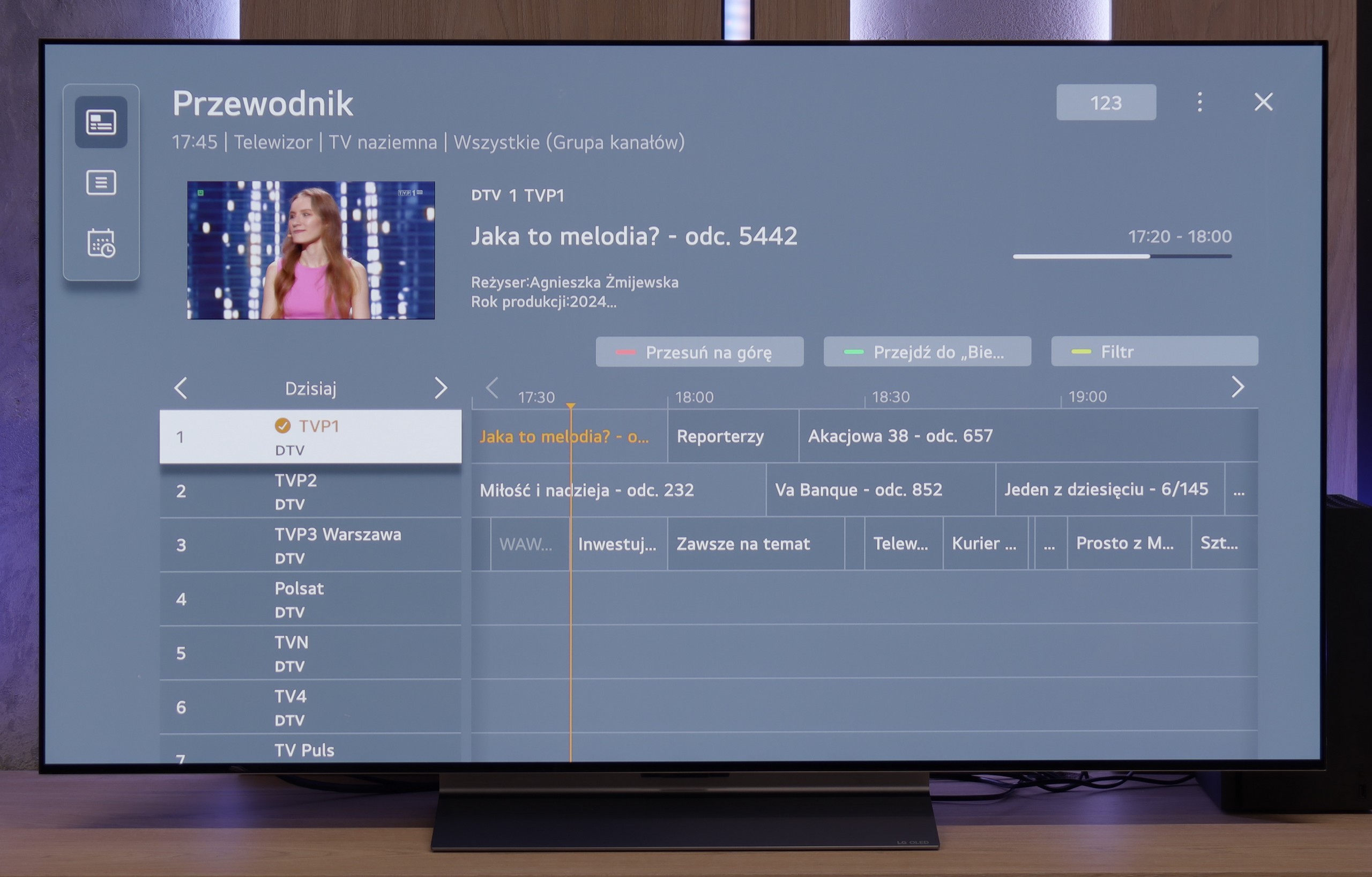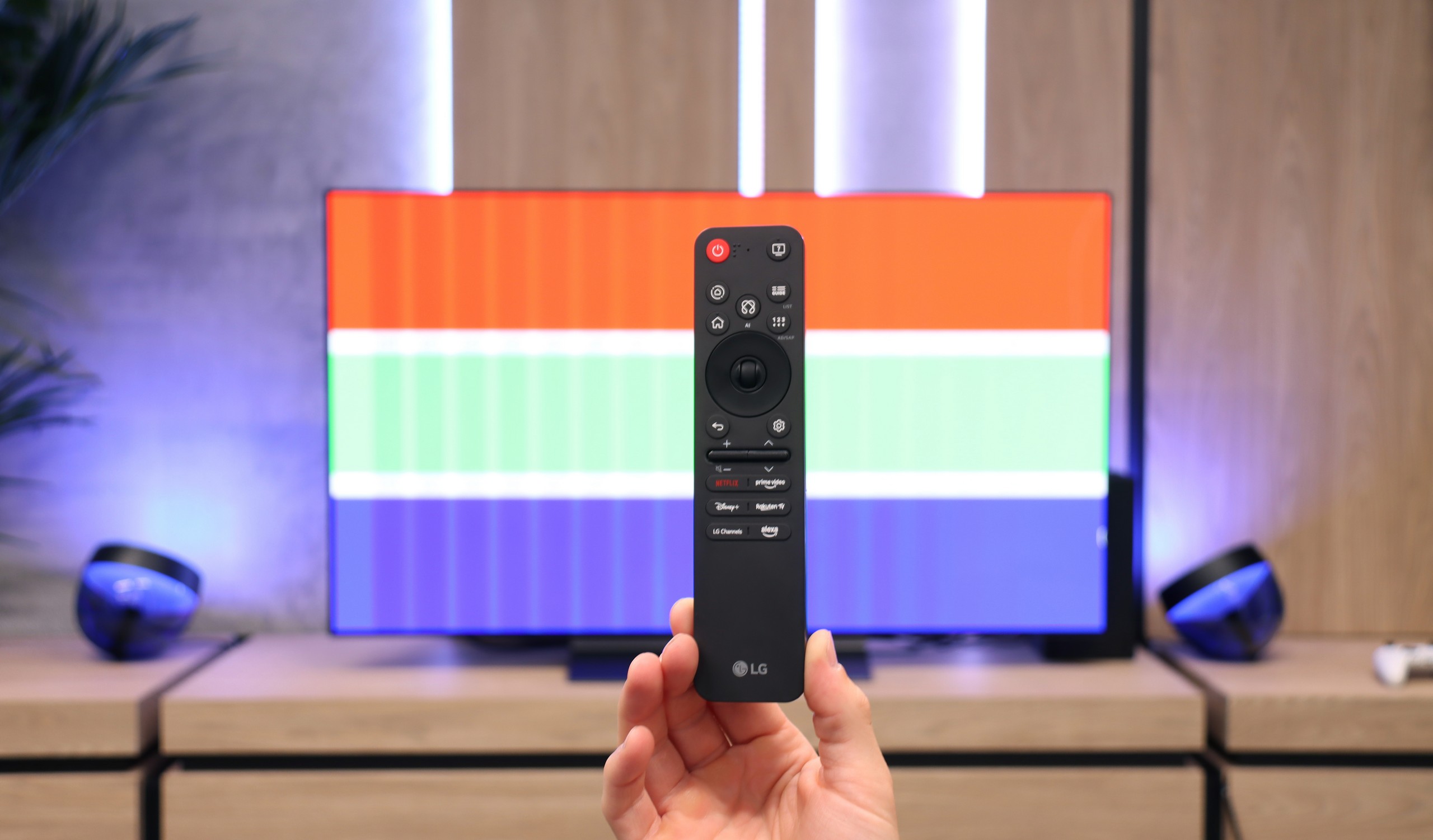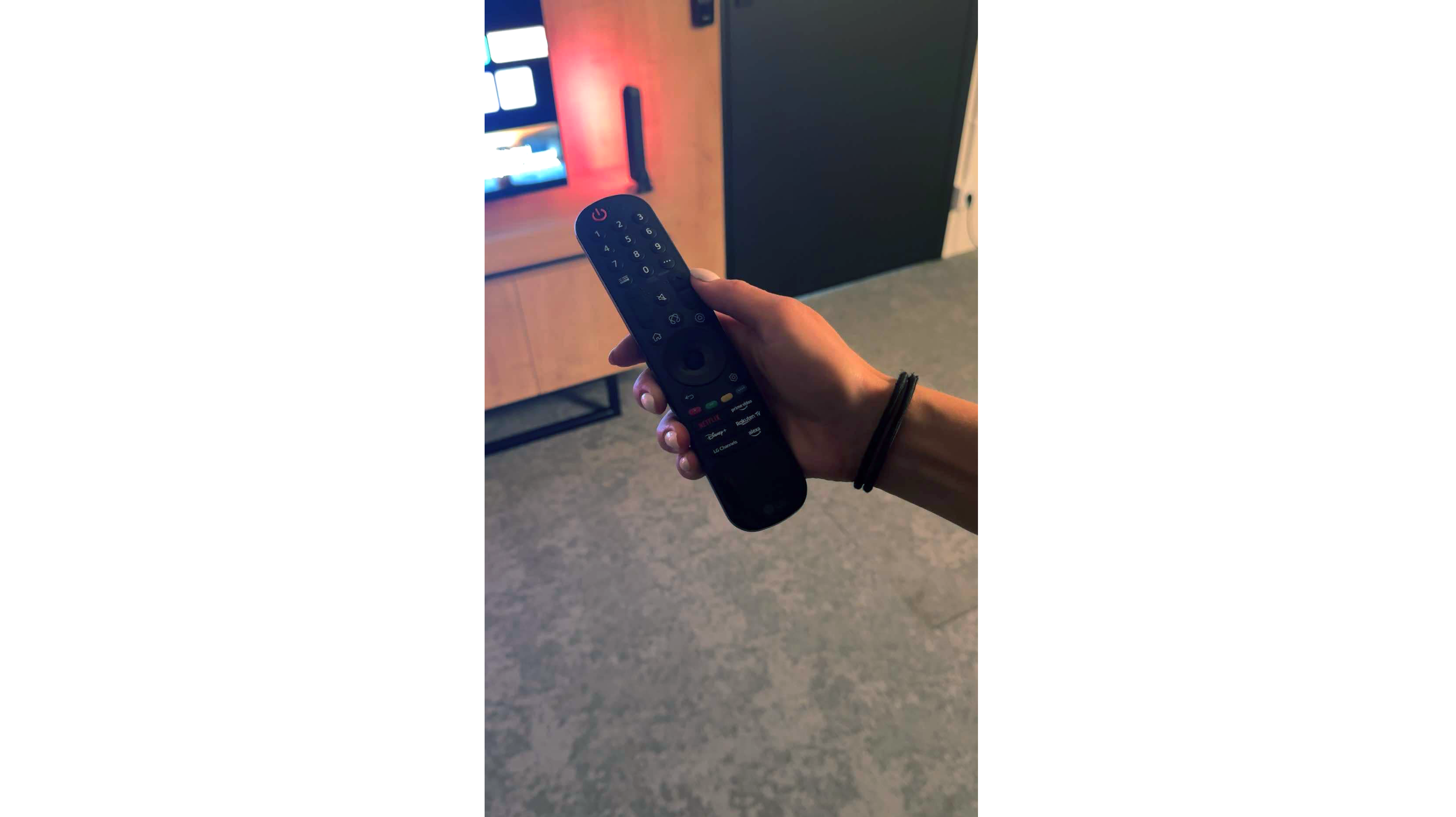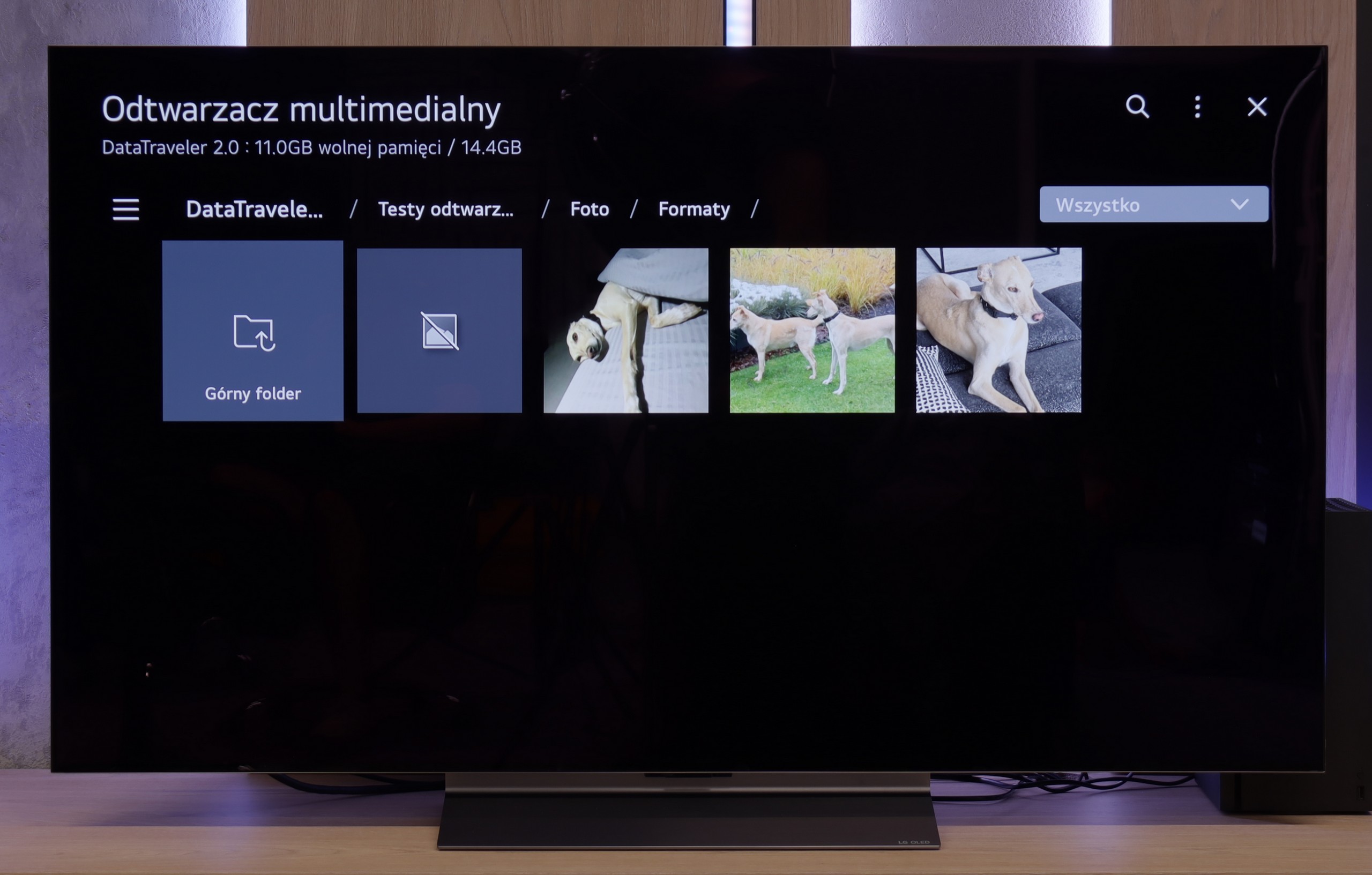The Samsung S95D television offers a range of features that significantly enhance user comfort, making it an ideal device for home entertainment. The Tizen system, on which this model is based, is a modern and advanced platform that provides an intuitive and smooth experience. Thanks to the user-friendly interface, navigation through applications and settings is quick and simple, making it easy to use the television even for those less familiar with technology. Tizen supports a rich set of applications, including all popular streaming services such as Netflix, YouTube, and Amazon Prime Video. Alongside this, the support of AirPlay allows for easy content sharing from Apple devices such as the iPhone or iPad.
It is also worth noting that the S95D television works with the SmartThings app, enabling integration with other smart devices in the home. This app allows for the creation of automations and monitoring of home equipment, making the television an entertainment device and a smart home management centre all in one.
Another highlight is the included accessories, such as the environmentally friendly solar remote, which is also practical for everyday use. This remote can control multiple devices connected to the television, eliminating the need for several different remotes; it easily integrates with other decoders such as Canal+ and NC+. Additionally, the One Connect module in the Samsung S95D is a fantastic solution that makes the television incredibly sleek. With this device, you can hide all cables and connections. It is one of the slimmest devices that can be mounted on the wall, providing an aesthetic and modern look to your interior. If you wish to place the device on a sturdy metal base, you need not worry; this module can be mounted at the back of the base, creating a harmonious whole.
The only downside that can be pointed out is the lack of USB recording support. For some users, this may be a limitation. Despite this, the Samsung S95D television offers many advanced features and technologies making it an excellent choice for anyone seeking high-quality entertainment in their home.
Classic TV Features:
In terms of classic television features, the LG C5 performs really well. Here we have the option to record programs to USB from built-in DVB-T(2) tuners, support for teletext, an EPG program list, as well as seamless pairing of headphones via Bluetooth. For many users, these are still very important elements of daily TV usage – and here LG does not lack anything except for the PIP function. It's worth noting the topic of the remote control, or rather... different versions of the remote. In our test, we used the C54 model, which came equipped with a new version of the Magic remote. It somewhat resembles Samsung's minimalist approach – lacking a numeric keypad or a "source" button, but it looks modern and is convenient for everyday use. On the other hand, other variants like the C5ELB may be sold with an older version of the remote – a more classic one, with a greater number of buttons and a numeric keypad. Some may consider it more practical, while others see it as outdated. In short: quite a bit of confusion, so it's worth checking the model suffix before purchasing.
Smart TV:
Regardless of the version of the remote, we operate the same system – WebOS. This is one of the most pleasant solutions in the world of Smart TV. The intuitive menu, fast performance, and support for popular features like AirPlay, screen mirroring, or voice assistant make the system very effective for daily use. Additionally, controlling the cursor using the gyroscope in the Magic remote remains one of the most convenient forms of navigation in televisions. There are really a lot of applications available – Netflix, Disney+, HBO Max, Apple TV, and many others. However, one must remember that this is not a system based on Android/Google TV, so it might happen that we simply won't find some less popular applications in the LG store.

